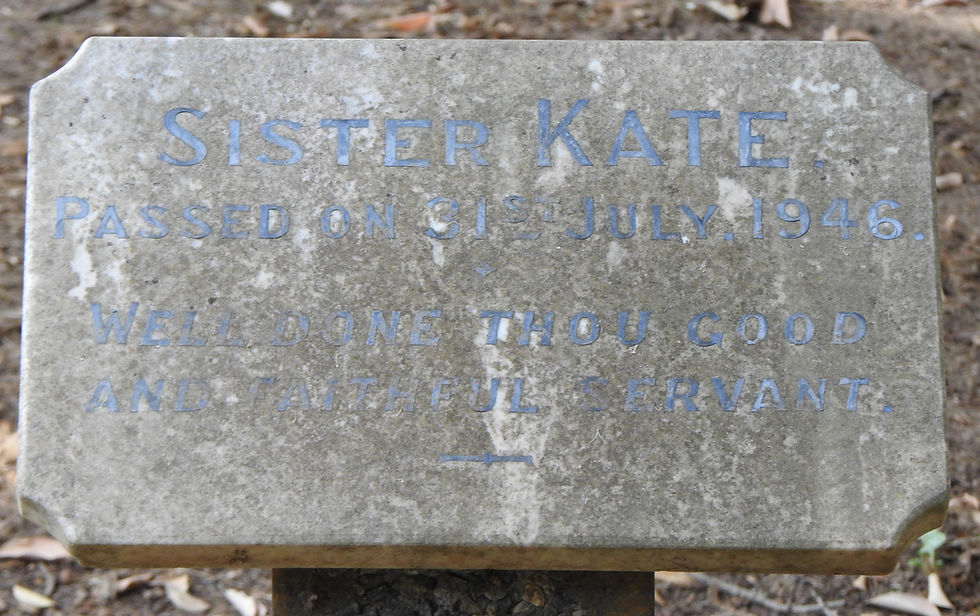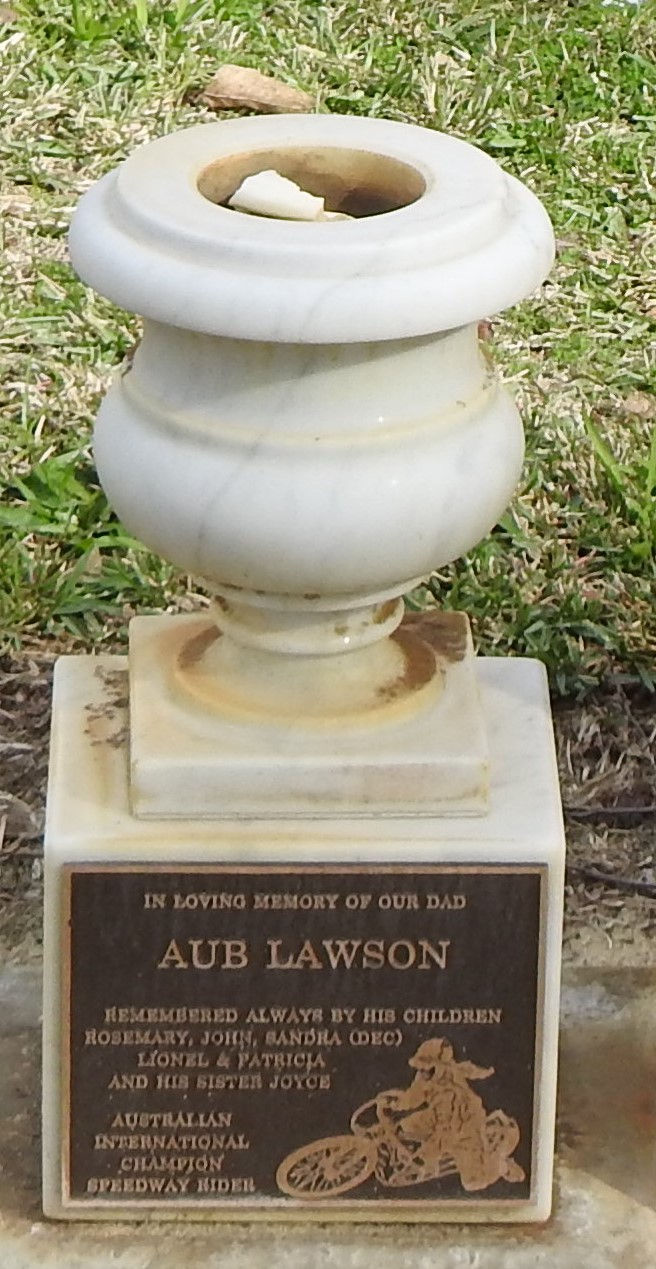Karrakatta Heritage Cemetery Walk 1
- Helen Avaient

- Jun 15, 2020
- 3 min read
Located on Railway Road, Karrakatta, just 7kms from Perth CBD, the 98 hectare cemetery is easily accessible by car or train. First opened for burials in 1899, and is the final resting place for many thousands. The cemetery has two self guided historical walk. Recently, I did walk 1 which took just over two hours at a slow pace. The cemetery is open between daylight and dusk each day of the week.

The map above is the route of Walk 1 through the cemetery.
For this walk, I also used the Metropolitan Cemetery Board website https://www.mcb.wa.gov.au/our-cemeteries/karrakatta-cemetery/historical-walk-trails/karrakatta-historical-walk-trail-one which gave a more detailed description that the plaques at the grave site of each person on the walk. It was very useful in filling out more information on that person and their achievements. An extremely handy and user friendly app is also available via a Q reader to use.
There were 37 markers on walk 1 including prospectors, activists, politicians, premiers, prime minister, women activists and carers, writers, cartoonists, flag designers. Each person contributing to the growth and prosperity of Western Australia. As with Fremantle Cemetery walk, it is a great way to get a snapshot of both old and more modern local history.
Annie Dorrington (1866 - 1926) was an artist and Australian Flag designer. In 1901 four people shared the first prize for designing the flag. Annie was the only woman and the only West Australian in the four. 124 of her wildflower paintings are held at the Art Gallery of Western Australia. Until 1998 her grave site was unmarked. The Australian National Flag Association has erected a memorial to Annie and a picture of the flag is embedded in the memorial. This was lovely to see.


Another interesting woman was Sister Katherine Clutterbuck (1861 - 1946). Arriving in Australia from England in 1901, she came with a group of sisters and 22 English orphans.
She was "mother" to over 800 orphaned boys and girls during her life. From 1903 she was at the Waifs Home in Parkerville. Then, when she "retired" in 1933 at the age of 73, she set up a home in Perth city, known as Sister Kate's, for part aboriginal children. The school homed and schooled over 100 children and she worked here for another 13 years. What a remarkable woman! Her headstone is very plain and you would never probably never know about this wonderful person if not for the walks.


Since 1995 this woman has been on the Australia $50 note, and has one of the Western Australian universities named after her. Edith Dirksey Cowan (1861 - 1932).

Edith was the first woman to serve as a member of parliament. Born in Western Australia, Edith's early life was difficult. Her mother died in childbirth when Edith was 7 and her father shot and killed her stepmother when Edith was 16. All her life Edith was an activist for women's and children's rights. In 1920 she was awarded an OBE for her works.


John Curtin (1885 - 1945) was the 14th prime minister of Australia, serving from 1941 to his death in 1945, most of this time during World War 2. Born in Victoria, he came to Western Australia in 1917.


The most elaborate grave site on the walk belongs to Lord John Forrest (1847) - 1918. Lord John was the first native-born Australian to be made a baron and was the first premier of Western Australia. His large memorial details part his life story.



Another detailed and interesting headstone was that of John Connelly (1860 - 1928). John was a prospector, originally from Victoria. His marble headstone has a marvellous map of Western Australia and lines marking is adventures, along with the years that he did these.
John came with the Gold Rush to Western Australia in 1889. He also owned mines in New South Wales and later in life prospected in New Guinea and New Zealand.


Not all the people featured on this walk were born in the 1800s. Aubrey Lawson (1915 - 1977) was an international Speedway rider, featuring in ten World Championship finals.


Often as time goes by, the only things left standing of us, are our headstones in cemeteries. It is nice to see some of those that truly celebrate a person's life and achievements. We are more than just a birth and death date. The dash between these two days is where we lived, and what we did. To remember these contributors to our society is wonderful, and the cemetery walks give us a chance to learn more about them. In doing so, we also learn more about where we live and about ourselves. These people inspire others to do good works. Lest we forget.







Kommentarer